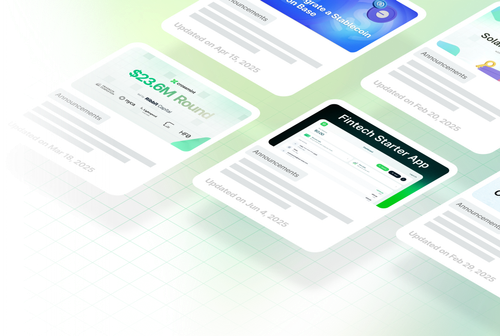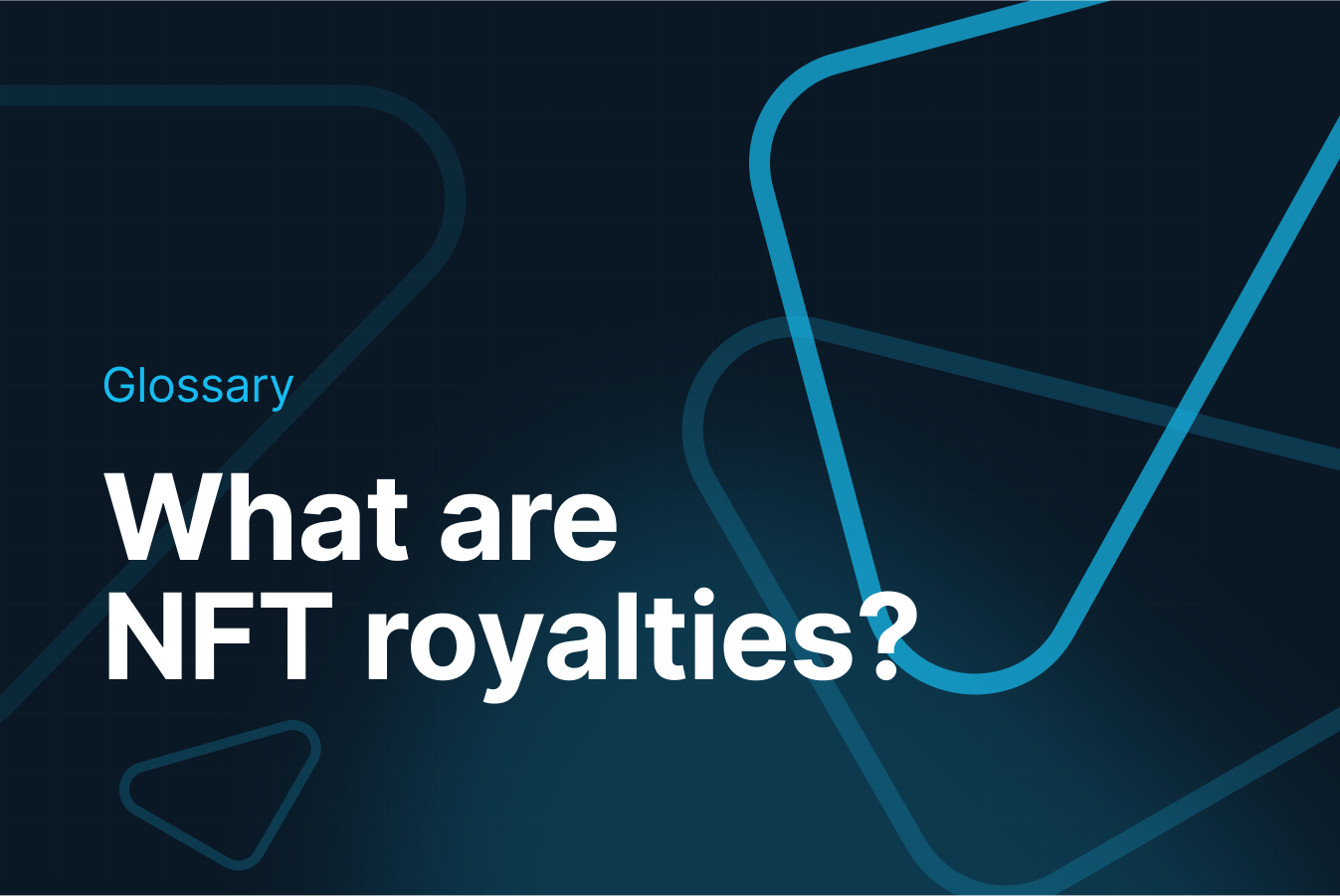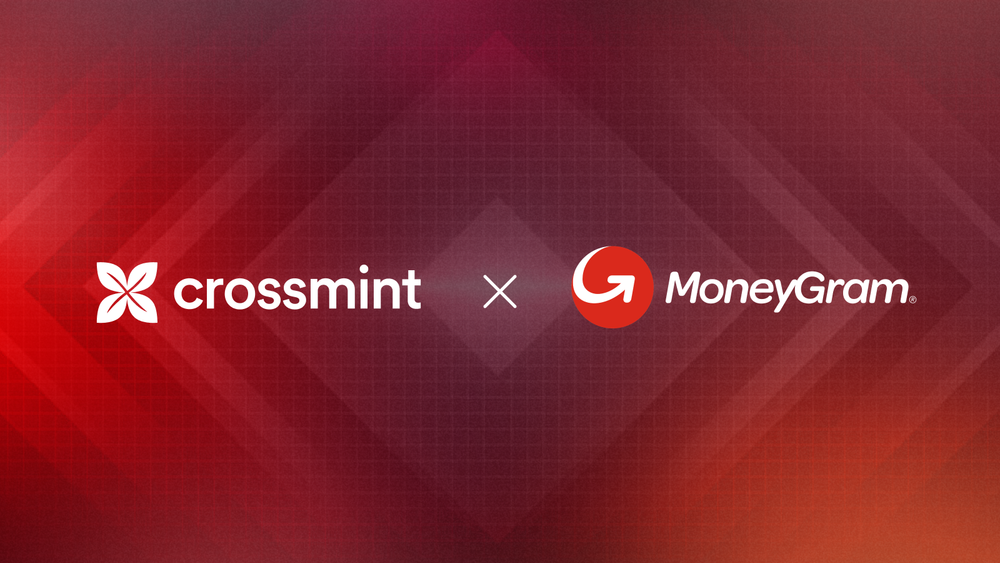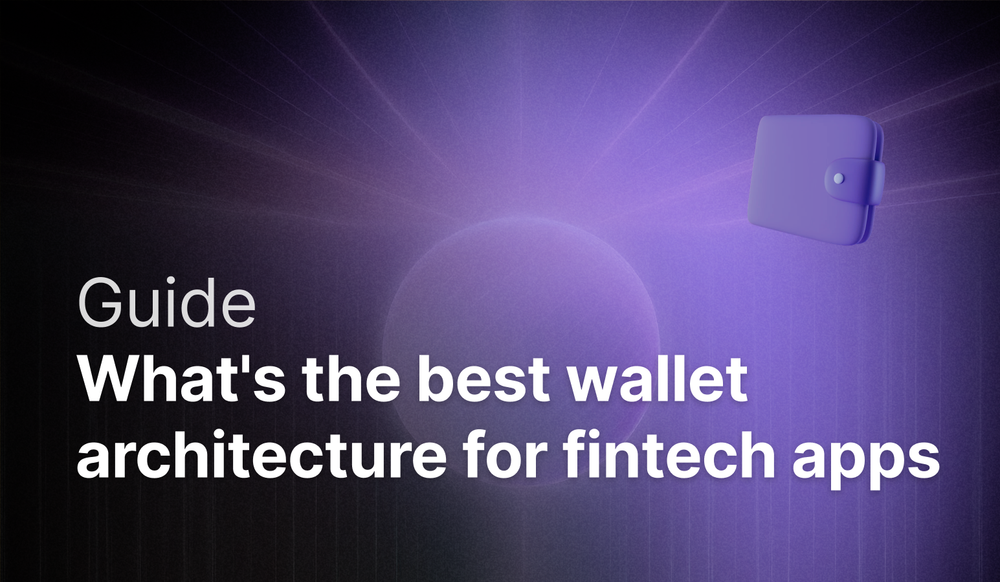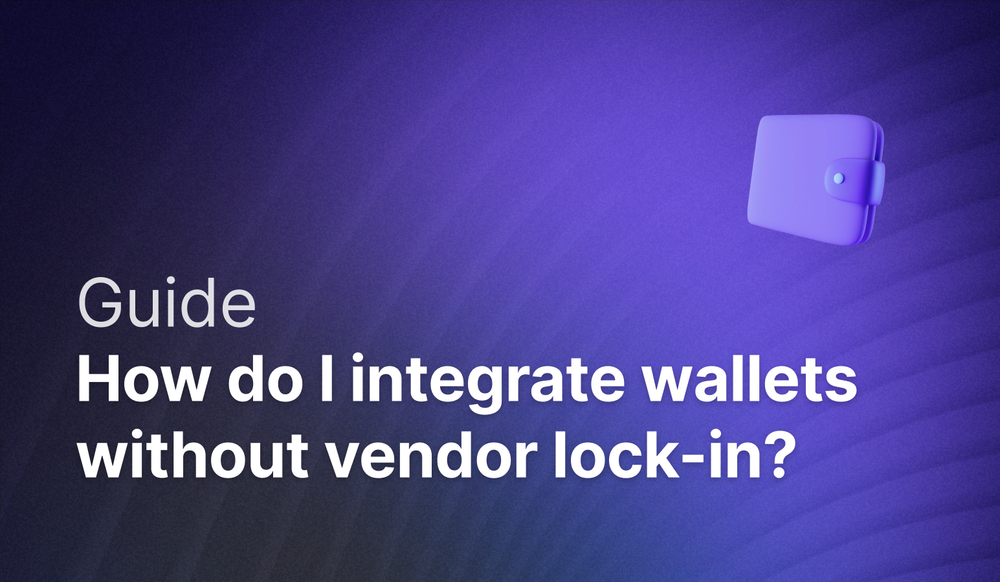In the ever-evolving world of digital art and collectibles, Non-Fungible Tokens (NFTs) have emerged as a revolutionary concept, redefining ownership and value in the digital realm.
These unique digital assets, ranging from art and music to tweets and virtual real estate, are transforming how creators and collectors interact in the virtual space. An integral part of this transformation is the concept of NFT royalties, a feature that is as groundbreaking as NFTs themselves. In this article, we delve into the world of NFT royalties, exploring what they are, their benefits, and how they work, with a special focus on the role of marketplaces in this new ecosystem.
What are NFT Royalties?
NFT royalties represent a paradigm shift in the way creators are compensated for their digital works. Essentially, they are ongoing payments received by creators every time their NFT is resold on the secondary market. This means that artists, musicians, and other content creators can continue to earn from their work long after the initial sale.
The inception of royalties marks a significant departure from traditional art sales, where creators typically receive payment only once. This mechanism is made possible through blockchain technology and smart contracts, which automatically execute these payments as terms embedded in the NFT itself.
Benefits of NFT royalties
The introduction of NFT royalties has ushered in a new era of benefits for creators.
Firstly, it provides a continuous revenue stream, enabling artists to receive a percentage of sales whenever their work is resold. This ongoing income can be especially vital for emerging artists who may struggle to achieve consistent sales.
Secondly, it encourages the creation of original and high-quality content. Knowing that they can earn royalties from future resales, creators are incentivized to produce work that holds enduring appeal.
Lastly, NFT royalties contribute to market stability and elevate artist recognition. As creators gain more from their work, they can invest more time and resources into their art, thereby enhancing the overall quality and diversity of digital creations available in the market.
How do NFT Royalties Work?
Understanding the mechanics behind NFT royalties reveals the true ingenuity of blockchain technology in empowering creators. Here's a breakdown of how they function:
- Smart Contract Integration: At the heart of NFT royalties is the smart contract, a self-executing contract with the terms of the agreement directly written into code. When an NFT is created, the creator embeds a royalty clause within the smart contract.
- Automatic Execution: Upon the resale of the NFT, the smart contract automatically calculates and transfers the specified percentage of the sale price to the original creator. This process is seamless and does not require any intermediary.
- Percentage of Sales: The royalty percentage is determined by the creator at the time of minting the NFT. Typically, this ranges from 5% to 10%, but it can vary based on the platform and the creator's preference.
- Blockchain Transparency: The use of blockchain technology ensures that all transactions are transparent and immutable, making it easy to track the history of an NFT and ensure the rightful royalties are paid.
- Cross-Platform Challenges: While the concept is straightforward, challenges arise when NFTs are sold across different platforms that may not support the original smart contract's royalty terms, leading to potential loss of royalties.
How do Marketplaces Contribute to NFT Royalties?
NFT marketplaces are central to the practical application and enforcement of NFT royalties, ensuring creators get their fair share from ongoing sales. These platforms not only recognize the royalty terms embedded in smart contracts but also take on the responsibility of processing these payments during the resale of NFTs.
Each marketplace has its own set of policies regarding how royalties are handled, which can vary significantly. This diversity gives creators the flexibility to choose a platform that aligns best with their needs and royalty expectations.
The role of these marketplaces is not just limited to enforcing royalty payments; they also provide the essential technology needed to track and execute these transactions.
As the NFT sector continues to grow and evolve, marketplaces are consistently innovating, looking for ways to improve how they manage royalties. This includes exploring solutions to uphold royalty agreements even when NFTs are sold across different platforms, a current challenge in the NFT ecosystem. The ongoing developments in this area are critical in ensuring that creators continue to benefit from their work in the ever-changing digital landscape.
How do Marketplaces Contribute to NFT Royalties?
The advent of NFT royalties marks a significant milestone in the digital art world, heralding a new era of creator empowerment and economic sustainability.
By ensuring that artists receive a fair share of profits from subsequent sales, NFT royalties not only incentivize high-quality content creation but also establish a more equitable digital economy.
While the integration of NFT royalties is not without its challenges, particularly in terms of cross-platform sales, the continued innovation and support from NFT marketplaces are paving the way for a more creator-centric future.
As the NFT landscape evolves, so too will the mechanisms for royalty enforcement, promising a brighter, more secure future for digital creators.
In essence, NFT royalties are not just a feature of the blockchain; they are a testament to the growing recognition of digital art as a valuable and vital part of our cultural fabric.
Learn how Crossmint's wallet infrastructure can support any use across 40+ chains.



